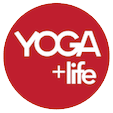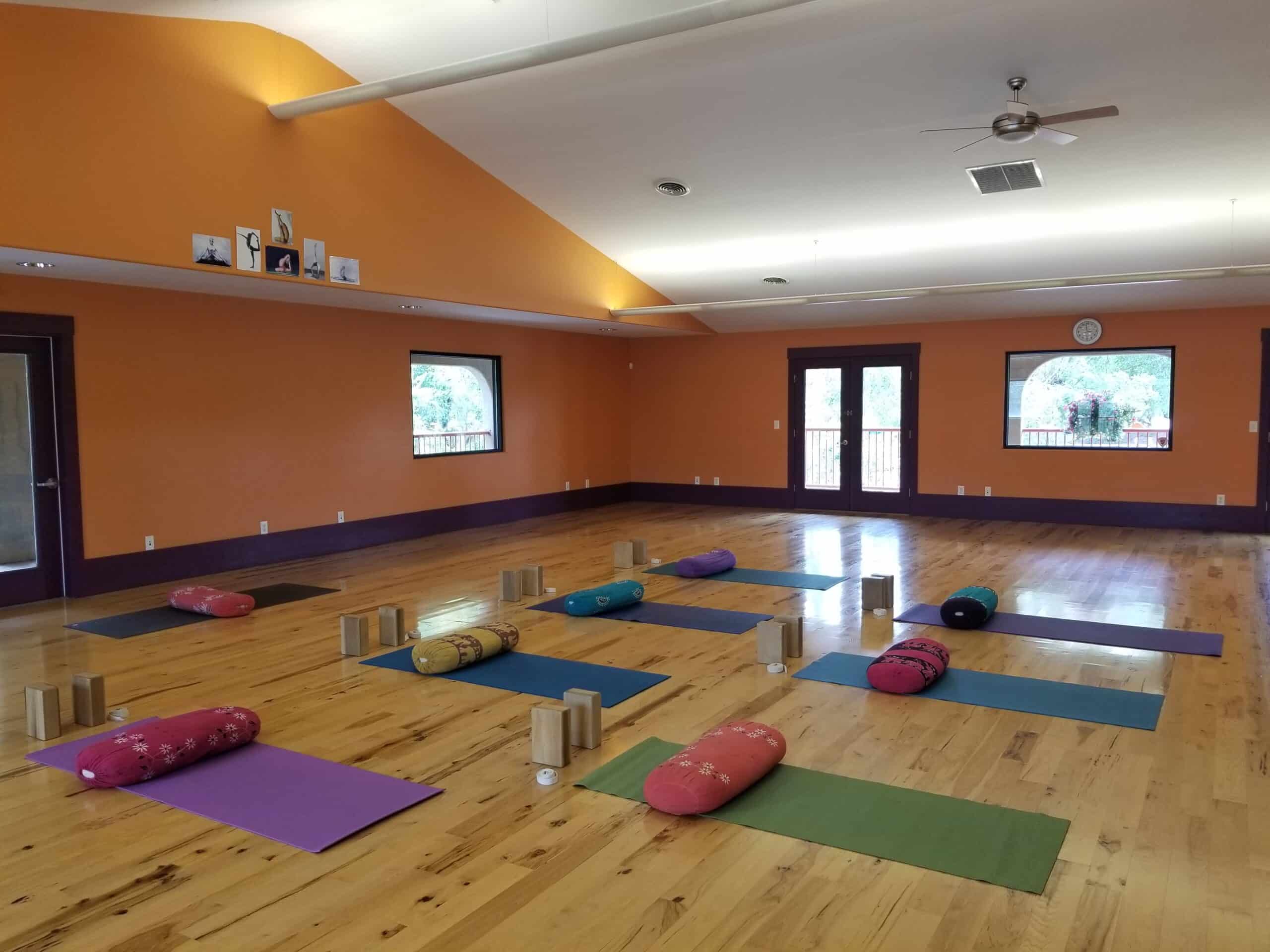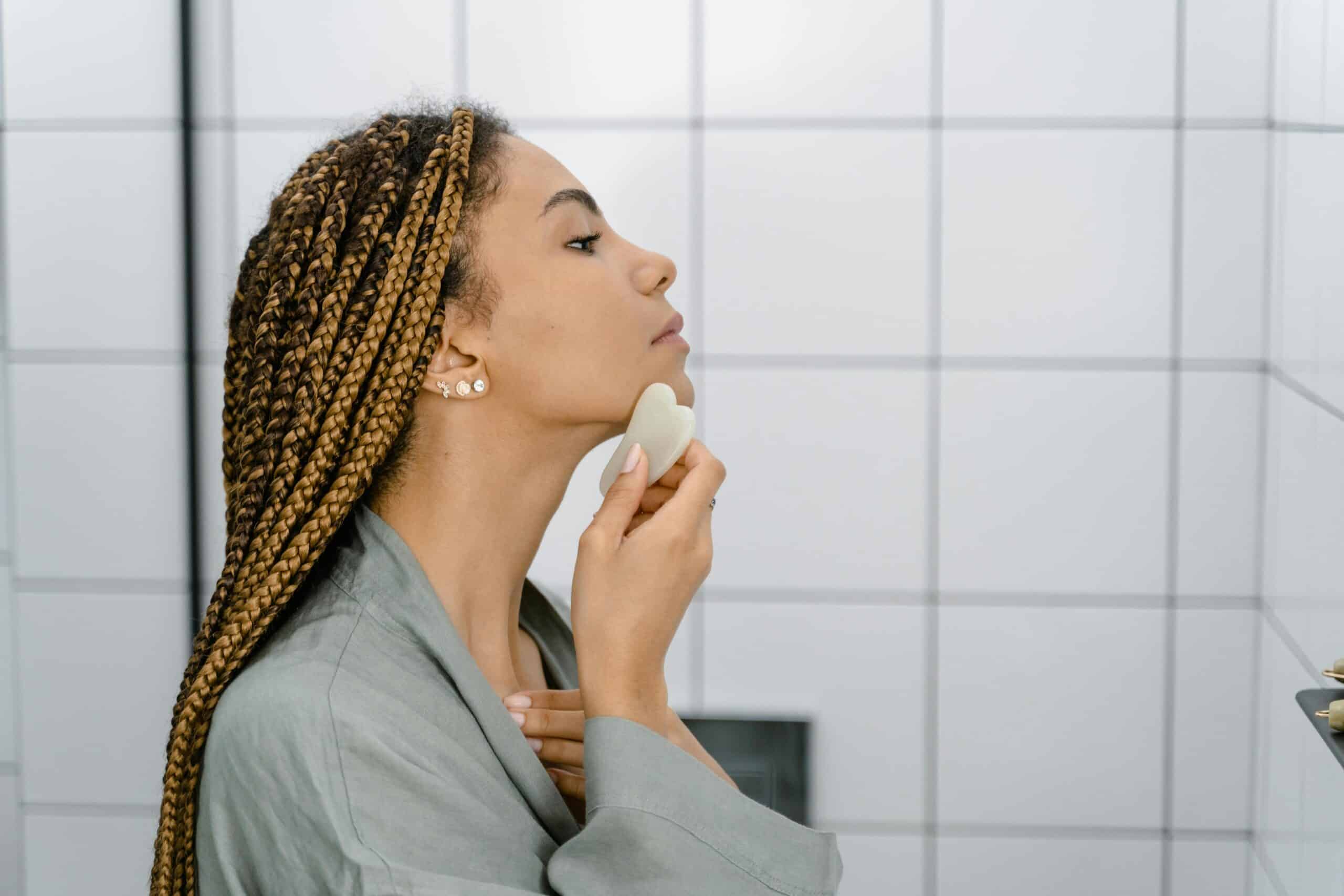The Sacred. The Science. The Practice. | By Rachel Glowacki
THE SACRED.
We come into this world on an inhale and depart on an exhale. How we live in between these two “life and death” breaths can be a lifelong quest. Sages, saints and seekers climbed to mountain tops to find the meaning of life; we can climb right into our own bodies and feel the breath of life within us. The breath in yogic philosophy is known as Life Force or Prana, in Judaism it is Ruach and in Christianity breath is the Holy Spirit. The breath in each of these sacred texts are synonyms with the word, Spirit. Spirit can mean different things to different people, with the main thread that there is something bigger than ourselves that whispers inside of us — that life has purpose and meaning. With so much loss this past year because of COVID-19, we are much more aware and in tune with the sacredness of life, the ones we hold dear and even the ones beyond. Perhaps we are finding longer conversations, less grievances, more meaning and a sense of gratitude that fills up our lungs. Our breath can be our greatest teacher, guide and source. It can show us when we are anxious through rapid and shallow breathing, and it can show us when we are calm through slow and deep breathing. We have the capacity to relax, energize, improve our moods and enhance the meaning of life through our breath.
THE SCIENCE.
When you breathe in, does your belly suck in our push out? Try it …
For many of us when we breathe in, we suck air in and move through our day without even realizing that we are sucking in on an inhale. This reverse breathing pattern can reveal a lot about our stress levels and patterns. If you have ever seen a baby breathing while lying on their backs, you will notice that their bellies expand like a Buddha belly, but with flat ab images everywhere, no wonder we have trained ourselves to suck it in!
Both my boys (now healthy teenagers) were born premature and spent the first couple of weeks of their lives in the NICU on oxygen support. Tubes up their little noses and down their throats connected to a machine as their little bellies caved in to experiencing distress while sucking and grasping in for air to breathe. My husband and I held our breath every time we heard the sound of the machine beep when their oxygen levels were too low. Thankfully, with oxygen support, they developed the lung capacity to thrive on their own.
I now teach breath work for a living, and I was a reverse breather for 20 years of my life. Once we start to give our bellies permission to expand on the inhale, the way we are designed to breathe, we will feel the glorious benefits of the natural rhythm of our breath and an increase of oxygen in our body’s tissues. However, as Judith Hanson Lasater, Ph.D, PT points out in her new book Yoga Myth, “Your lungs are not in your abdomen.” So, why all this attention to belly breathing? When we take in oxygen to nourish our cells, organs, muscles and bones, our whole body participates, from the belly, ribcage, chest, shoulders, neck, mouth and to the nose.
Try it … take a breath in and notice how your scalene muscles in your neck and shoulders lift up on the inhale and how they release and lower on the exhale. Some of us stop right there and never allow the body to take in a deep breath, which is why in yoga classes the belly has become a focal point to feel and see the expansion and depth of breath.
Interestingly, in hospitals, doctors are putting COVID-19 patients on their bellies to increase their lung capacity to get more oxygen to their lungs. Why? Because 60% of our lungs are in our back body. When we lie down on our backs, the weight of our bodies can compress the lungs and decrease oxygen flow. A 2013 study in the New England Journal of Medicine on “prone positioning” showed that some patients went from 85% to 98% oxygen saturation when lying on their stomachs, which is a significant increase in oxygen intake. Understanding our anatomy when we breathe can literally increase our lung capacity and decrease our stress levels.
THE PRACTICE.
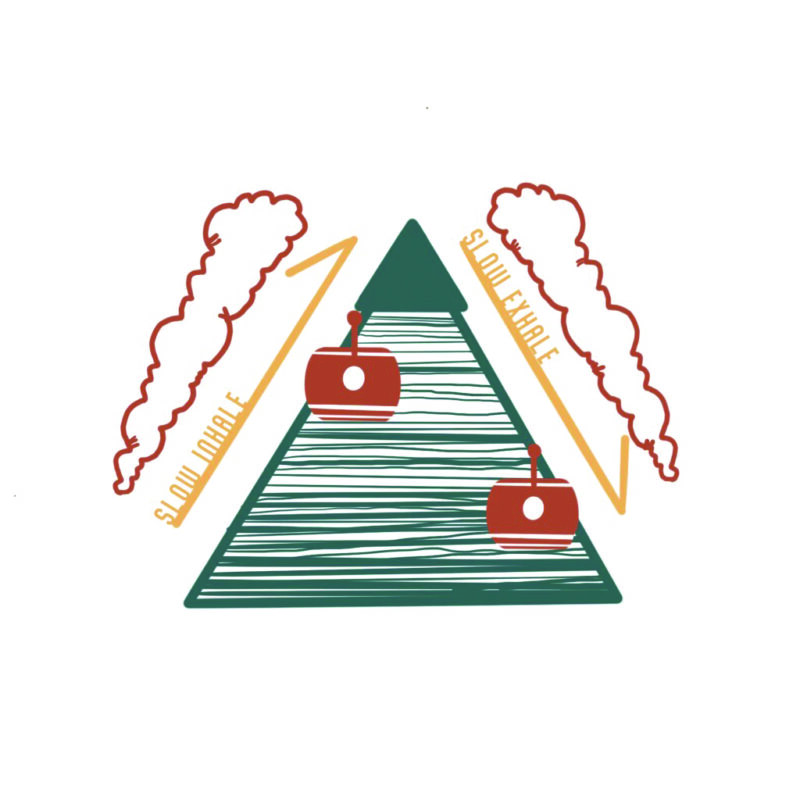
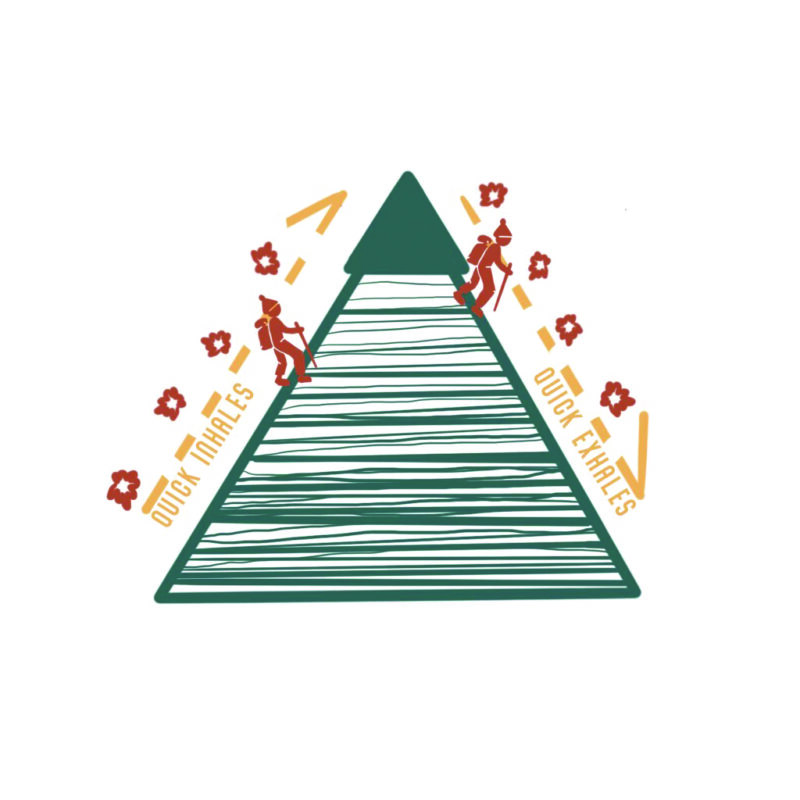
Gondola Breath and Hikers Breath are inspired by the “Stair Step Breath Exercise,” by LifeForce Yoga.
Gondola Breath Exercise For the Anxious Mind and Body: Ride the gondola up and down the mountain with slow, smooth inhales to calm your nerves.
Hikers Breath Exercise For the Depressed Mind and Body: Hike up and down the mountain with short, quick inhales and exhales to increase your energy.
Graphics are by Carly Finke
 Rachel Glowacki is a yoga teacher, writer and thought leader in the kids yoga field. She specializes in mindful movement for all ages and abilities and has been teaching since 1999. She’s an award-winning author of the Kids Yogaverse storybook apps. Rachel hopes that one day mindful movement will be taught regularly in schools just like math and science! She believes that a calm brain is a learning brain and a healthy body is a happy body, principles she shares with her students young and old. Rachel lives with her husband and two sons in Edwards, Colorado.
Rachel Glowacki is a yoga teacher, writer and thought leader in the kids yoga field. She specializes in mindful movement for all ages and abilities and has been teaching since 1999. She’s an award-winning author of the Kids Yogaverse storybook apps. Rachel hopes that one day mindful movement will be taught regularly in schools just like math and science! She believes that a calm brain is a learning brain and a healthy body is a happy body, principles she shares with her students young and old. Rachel lives with her husband and two sons in Edwards, Colorado.Embodying your purest essence becomes easier when you feel truly at home in your body. Your frame is [...]
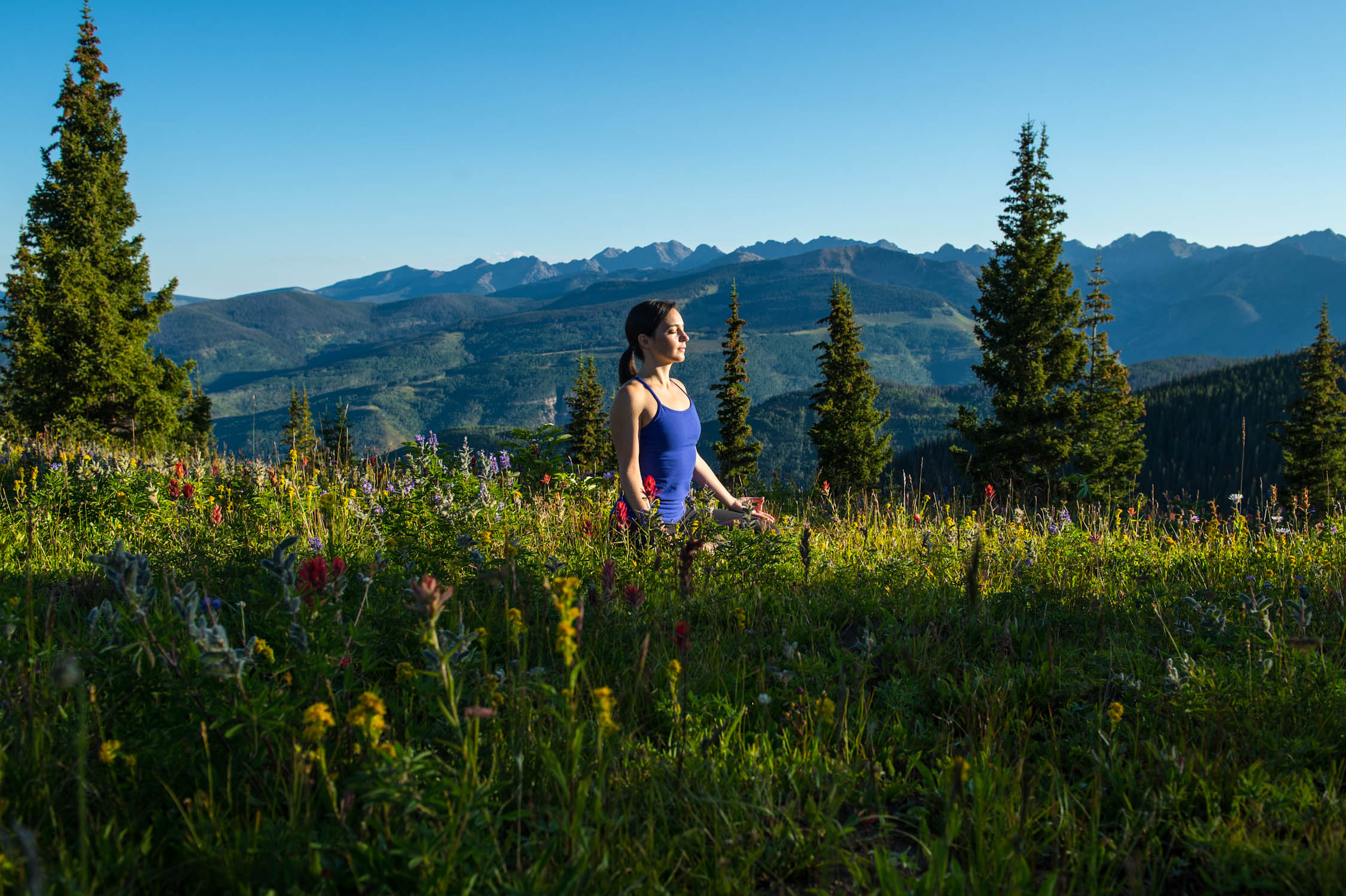
Subscribe to Our Tribe
Stay up to date with Y+L News, Events and special announcements.
